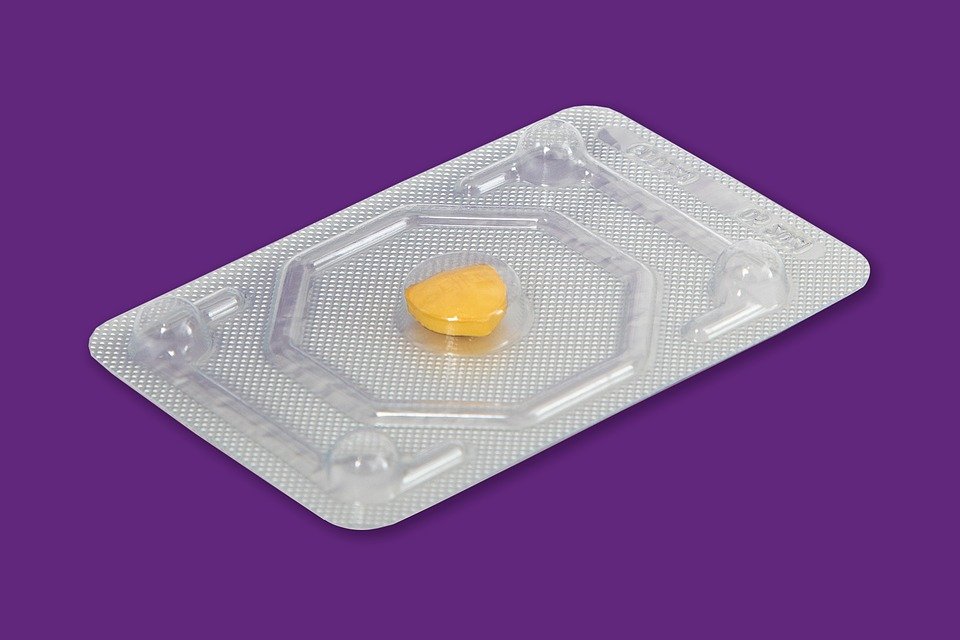
Sinusitis is a common condition that affects millions of people every year. It is an inflammation of the sinuses, which are air-filled cavities in the skull that are connected to the nasal passages. Sinusitis can be caused by a variety of factors, including viruses, bacteria, allergies, and environmental irritants. Understanding the causes, symptoms, and treatment options for sinusitis can help individuals manage their symptoms and improve their quality of life.
Causes of Sinusitis

There are several factors that can contribute to the development of sinusitis. The most common cause is a viral infection, such as the common cold or the flu. These infections can cause inflammation in the sinuses, leading to symptoms such as congestion, facial pain, and headaches. Bacterial infections can also cause sinusitis, although they are less common than viral infections. Allergies to pollen, dust, and other environmental irritants can also trigger sinusitis symptoms in some individuals. Other factors that can increase the risk of developing sinusitis include smoking, nasal polyps, and a weakened immune system.
Symptoms of Sinusitis

The symptoms of sinusitis can vary depending on the underlying cause and the severity of the inflammation. Common symptoms of sinusitis include:
– Nasal congestion

– Facial pain or pressure
– Headaches
– Postnasal drip
– Cough
– Fatigue
– Fever
– Loss of smell or taste
These symptoms can be mild to severe and may last for a few days to several weeks. In some cases, sinusitis can become chronic, lasting for months or even years. Chronic sinusitis can have a significant impact on a person’s quality of life, leading to frequent infections, difficulty breathing, and chronic pain.
Treatment Options for Sinusitis
Treatment for sinusitis can vary depending on the cause and severity of the symptoms. In most cases, sinusitis can be managed with a combination of home remedies, over-the-counter medications, and prescription treatments. Some common treatment options for sinusitis include:
– Nasal decongestants: Over-the-counter nasal decongestants can help relieve congestion and improve breathing. However, these medications should not be used for more than a few days, as they can cause rebound congestion.
– Nasal saline irrigation: Nasal saline irrigation, also known as a nasal rinse, can help clear mucus and debris from the sinuses, reducing inflammation and improving symptoms.
– Corticosteroid nasal sprays: Prescription corticosteroid nasal sprays can help reduce inflammation in the sinuses, relieving symptoms such as congestion and facial pain.
– Antibiotics: In cases of bacterial sinusitis, antibiotics may be prescribed to help clear the infection and reduce inflammation. It is important to finish the full course of antibiotics, even if symptoms improve before the medication is completed.
– Allergy medications: For individuals with sinusitis caused by allergies, antihistamines and other allergy medications may be recommended to help reduce symptoms.
In some cases, surgery may be necessary to treat chronic or severe sinusitis. Procedures such as endoscopic sinus surgery can help improve drainage and reduce inflammation in the sinuses, relieving symptoms and preventing future infections.
In conclusion, sinusitis is a common condition that can cause a range of symptoms, from mild congestion to severe facial pain. Understanding the causes, symptoms, and treatment options for sinusitis can help individuals manage their symptoms and improve their quality of life. By working with a healthcare provider to develop a personalized treatment plan, individuals with sinusitis can find relief and prevent future infections.

Discover more from Bibliobazar Digi Books
Subscribe to get the latest posts sent to your email.


